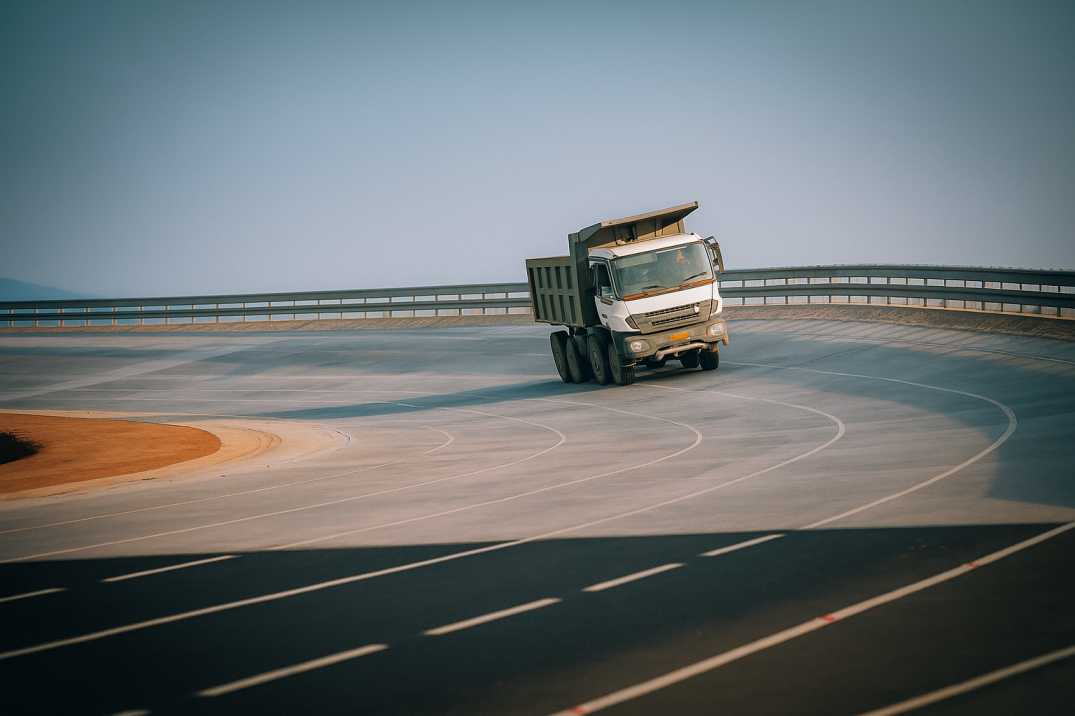Contact Us
RoadVision AI
Private Limited
Office No. 308 & 310, B Block
Ansal Chamber - 1, Bhikaji Cama Place,
Near Engineers India Limited (EIL) Bhawan, New Delhi - 110066
© 2024 | RoadVision AI | All rights reserved
In Qatar, the Qatar Construction Specifications (QCS) SHC 301 lays down the official requirements for superelevation in road and highway design. Superelevation refers to the banking of a roadway at curves, allowing vehicles to safely navigate turns at design speeds without skidding. For civil engineers and contractors, adhering to SHC 301 standards is not optional but a legal and safety mandate. However, traditional inspection methods often fail to detect small design deviations that can later lead to costly reconstruction, premature pavement failures, or increased accident risks.
Today, with advancements in road design compliance, digital road monitoring systems, and AI roadway inspection systems, Qatar’s road authorities and private contractors can ensure full alignment with SHC 301 while minimizing human error. This blog explores what SHC 301 says about superelevation, how AI tools detect design deviations, and why choosing the best AI road asset management company in Qatar is key to safer, future-ready infrastructure.

The SHC 301 specifications state that superelevation should be applied to horizontal curves of highways and urban roads based on design speed, curve radius, and road classification. The purpose is to balance centrifugal forces and maintain vehicle stability.
Key considerations include:
Failure to comply with these requirements often results in uneven pavement wear, safety hazards, and expensive rehabilitation projects.
Traditional surveying techniques rely on manual inspections and topographic measurements, which are time-consuming and prone to human error. With AI roadway inspection systems and AI-based civil engineering tools, deviations in superelevation design can be detected with high precision.
By integrating these systems with digital road monitoring systems, Qatar’s engineers can continuously monitor compliance, making the road network safer and cost-efficient.
Effective road asset management in Qatar requires both compliance and foresight. Superelevation is not just a geometric design factor, it directly impacts road safety, traffic efficiency, and long-term maintenance costs.
AI enhances road safety AI solutions by:
This positions AI as the cornerstone of sustainable infrastructure development in line with Qatar’s National Vision 2030.
Not every solution provider can deliver accurate AI-driven compliance tools. To ensure results, organizations must collaborate with the best AI road asset management company in Qatar, one that offers proven expertise in:
By partnering with specialists, Qatar’s road agencies and contractors can guarantee quality, compliance, and longevity in every infrastructure project.
Qatar’s SHC 301 clearly outlines how superelevation must be designed to ensure safety, comfort, and efficiency. However, manual inspection alone cannot guarantee compliance. By integrating AI road design compliance and digital road monitoring systems, authorities and contractors can identify deviations early, reduce risks, and optimize road asset lifecycle costs.
With RoadVision AI, the future of road maintenance is smart, automated, and data-driven. Its intelligent platform conducts traffic surveys, generates precise road data, and detects issues such as cracks or the need for pothole repair before they become critical. Backed by IRC compliance and Qatar’s road standards, it powers modern road networks with safety and efficiency at the core.
Book a demo with us to see how RoadVision AI ensures SHC 301 compliance and enhances road safety across Qatar.
Q1. What does SHC 301 specify about superelevation in Qatar?
SHC 301 defines the maximum and minimum superelevation rates, transition lengths, and design parameters for safe road curves in Qatar.
Q2. How does AI detect deviations in superelevation design?
AI uses LiDAR, 3D mapping, and automated comparison tools to identify non-compliance with SHC 301 standards, ensuring accuracy in road design.
Q3. Why should Qatar use AI in road asset management?
AI reduces design errors, enhances safety, and lowers lifecycle costs by providing continuous monitoring, predictive analysis, and automated compliance checks.